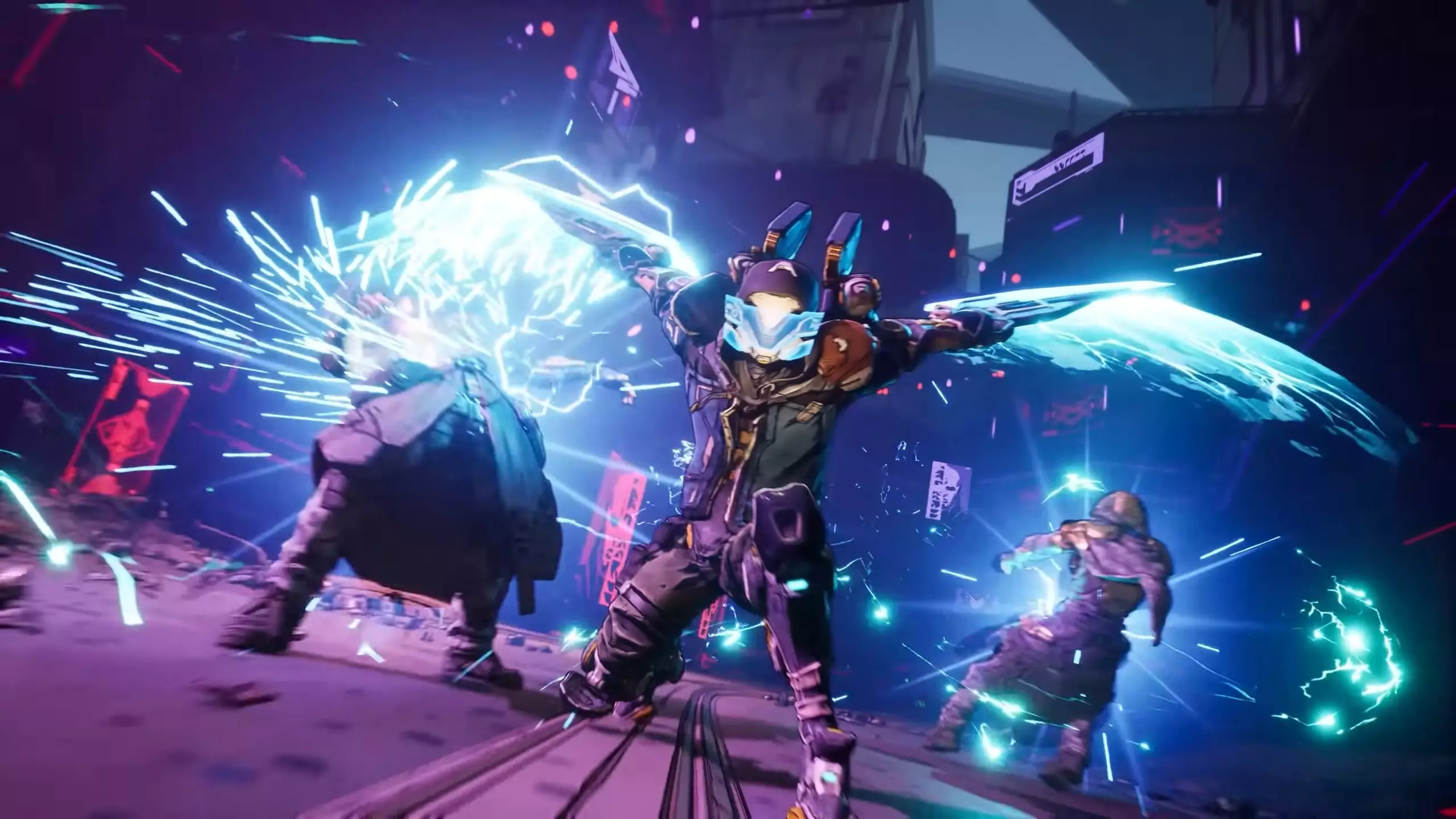For years, the Borderlands franchise has thrived on its charismatic, over-the-top characters, and a core of dedicated fans eagerly follow every trailer, update, and reveal. However, an overreliance on one particular character—the Siren—began to create fatigue. The community’s enthusiasm waned, craving fresh perspectives and gameplay experiences that break free from the Siren-centric narrative. Given this context, the recent spotlight on Rafa signals a potentially pivotal shift for the franchise’s future. It offers a welcome departure from the Siren obsession, highlighting how a healthy diversity of character archetypes can reinvigorate the game’s overall appeal.
Rather than sticking to familiar tropes, the developers seem eager to explore different combat styles and archetypes, challenging fans’ preconceived notions. Rafa’s introduction embodies this effort—bringing in a grittier, more militaristic character who promises to offer players a different kind of challenge and gameplay experience. This move not only diversifies the roster but also underscores a strategic decision to appeal to broader gamer demographics, such as FPS enthusiasts and melee combat aficionados. As a result, Borderlands 4 feels poised to evolve into a multidimensional sandbox, where players can choose from characters that each bring unique gameplay mechanics to the table.
Rafa: The New Face of Borderlands Action
Rafa’s character design and gameplay overview reveal a strategic shift: a battle-hardened veteran kitted out with advanced technology and combat versatility. His exo-suit and multi-range weaponry suggest a game that emphasizes movement, adaptability, and tactical combat. This approach aligns with modern shooter trends, drawing parallels to titles like Crysis, where mobility and technological augmentation play a central role. Such a design hints at Borderlands 4’s aiming for heightened fluidity in combat, making for dynamic encounters that demand both skill and strategy.
Interestingly, Rafa’s melee animations evoke comparisons to Destiny 2’s Strand Titans, which are renowned for their explosive and visually satisfying melee attacks. This crossover not only signals that Borderlands aims to integrate some of the more impactful combat mechanics familiar to FPS fans but also shows a subtle acknowledgment of how melee combat can be both fun and integral to gameplay. Plus, the returning focus on gunplay with weapons like the Apophis Lance—capable of dual-wielding and damage-type customization—demonstrates the series’ ongoing commitment to offering nuanced, versatile weapon systems. This is crucial for ensuring that players who prefer guns, swords, or a mix of both find satisfying options in Borderlands 4.
Instead of anchoring the gameplay solely around the comic-book styled Siren powers, the introduction of Rafa signifies a move toward more grounded, melee-heavy combat that is both visceral and tactical. This broadens the game’s appeal, potentially captivating players who might have previously been turned off by the franchise’s more fantastical elements. The emphasis on deploying turrets like the Peacebreaker Cannons, reminiscent of older Borderlands titles, further suggests that Gearbox is leaning into the series’ roots while innovating with fresh mechanics responsive to modern gaming tastes.
The Future of Borderlands: A Resilient Franchise in Flux
The rollout of Rafa’s character serves as a reminder that the Borderlands franchise is at a crossroads—balancing its beloved, exaggerated identity with the need to innovate. While Siren characters will always hold a special place in fans’ hearts, it’s encouraging to see the developers taking risks by diversifying their playable roster. Rafa’s introduction is not merely about injecting new gameplay mechanics but also about revitalizing the series’ narrative and thematic scope.
Furthermore, the anticipation of additional trailers, shorts, and deep dives into gameplay signifies a strategic marketing plan aimed at building sustained excitement. This approach may prevent the franchise from suffering the fatigue of overexposure to a single character, thereby maintaining community interest in the long term. The timing of the release, with the game launching on Nintendo’s new console and other platforms in close succession, highlights Gearbox’s confidence in the game’s broad appeal and their understanding of how to maximize market reach.
Borderlands 4 appears to be gearing up for a refreshing era, prioritizing diversity and innovation in its character design and gameplay mechanics. Rafa’s introduction is more than just a new hero—it’s a signal that the series intends to grow, adapt, and surprise its audience. While the Siren archetype will no doubt remain iconic, embracing a richer palette of characters promises a more engaging, inclusive, and vibrant Borderlands universe. Fans should brace for a game that challenges conventions and invites players to explore new combat styles and narratives within a familiar yet ever-evolving universe.

